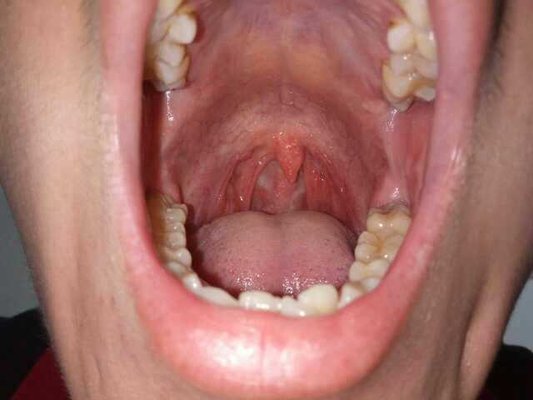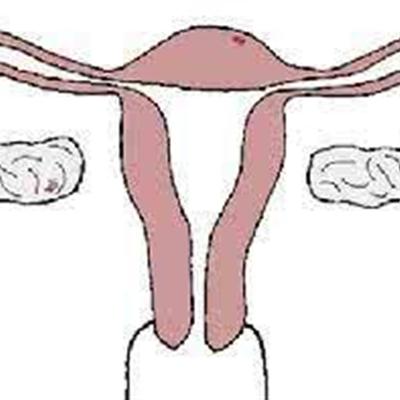Symptoms of hypertrophic bone syndrome?
summary
Vascular bone hypertrophy syndrome, also known as hypertrophic vascular dilatation, vascular dilatation hypertrophy, osteomegaly, nevus varicose bone hypertrophy, vascular bone hyperplasia, skin and spinal cord hemangioma, etc. The etiology of the disease is unknown, characterized by hemangioma and hypertrophy of bone and soft tissue.
Symptoms of hypertrophic bone syndrome?
The disease can occur at any age, and most cases occur at birth or shortly after birth. There are more males than females. Bone and soft tissue hypertrophy may involve one or more limbs, causing limb hypertrophy, often non ipsilateral, accompanied by visceral hypertrophy and finger (toe), spina bifida and skin pigmentation. Ocular manifestations include unilateral congenital glaucoma, enophthalmos, conjunctival telangiectasia, iris defect, retinal varicose veins and choroidal hemangioma.

Cardiovascular damage: plaque or cavernous hemangioma can appear in the face, limbs, brain and meninges at birth. There may also be congenital varicose veins, lymphangiomas, or any combination of the above.

According to the characteristics of vascular disease with bone and soft tissue hypertrophy, combined with X-ray examination, we can see the growth and thickening of bone tissue on the affected side. Abdominal plain film can show multiple phleboliths in rectum and left colon. In recent years, we have carried out ultrasound examination to find out whether the fetus has the echoless area representing hemangioma and make prenatal diagnosis.

matters needing attention
This syndrome should be differentiated from Sturge Weber syndrome (cutaneous leptomeningeal angiomatosis). The vascular lesions of the latter are mostly confined to the brain, leptomeningeal and face, less involving the limbs. The limb hypertrophy is mostly unilateral, less involving the opposite side.














